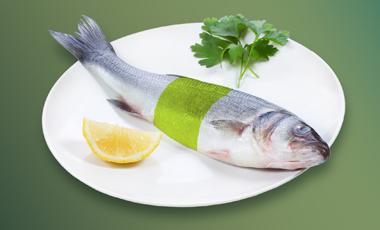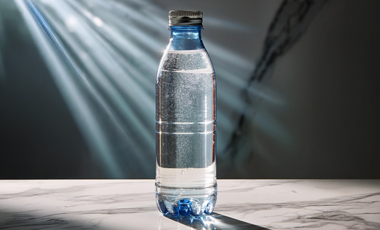

Silent Threat: Plastic Microbes in Antarctica
Antarctica, considered one of the last bastions of purity on our planet, faces a growing threat from plastic pollution.
Recently, the formation of an "Antarctic plastisphere," a microbial ecosystem that colonizes plastic fragments in the ocean, has been identified. Plastisphere refers to communities of microorganisms that attach to and multiply on floating plastic surfaces in marine environments. These microbes can include bacteria, algae and fungi, some of which are potential pathogens. The presence of these communities in Antarctica is of particular concern due to the fragility and uniqueness of its ecosystems.
Potential impacts
Pathogen transport: Plastics act as vehicles that facilitate the spread of microorganisms, including invasive species and pathogens, over vast oceanic distances.
Ecosystem Alteration: The introduction of new microbial species can destabilize local food webs, affecting biodiversity and the ecological balance of the region.
Carbon cycling: Some plastispheric microbes can influence carbon sequestration and greenhouse gas production, potentially affecting global climate processes.
Recent findings
Researchers at the Spanish base on Livingston Island conducted studies to assess the abundance and diversity of these microbial communities in different types of plastics, such as polyethylene, polypropylene and polystyrene, compared to materials such as glass. The results showed a rapid colonization of plastics by bacteria capable of degrading hydrocarbons, such as Oleispira sp., suggesting a potential biotechnological use to combat plastic pollution in the future.
Other related news
-
Microplastics

Did you know that fish have been eating microplastics since the 1950s... and so have we?
Every week we ingest the equivalent of a credit card's worth of microplastics.
-
Microplastics

Did you know that one liter of bottled water can contain 250,000 nanoparticles?
Reducing the use of plastics is key to protecting our health and our planet.
-
Microplastics

Researchers find microplastics in fish from two Ecuadorian Amazon rivers
Microplastics are fragments smaller than five millimeters. They can contain toxic chemicals and absorb pollutants from the environment. Their presence in ecosystems is considered a public health problem.
-
Sustainability

The silent plastic crisis
Plastic is everywhere. We see it in the oceans, on the streets, in landfills... but also in places we never imagined: in the water we drink, the food we eat, and even inside our bodies.
